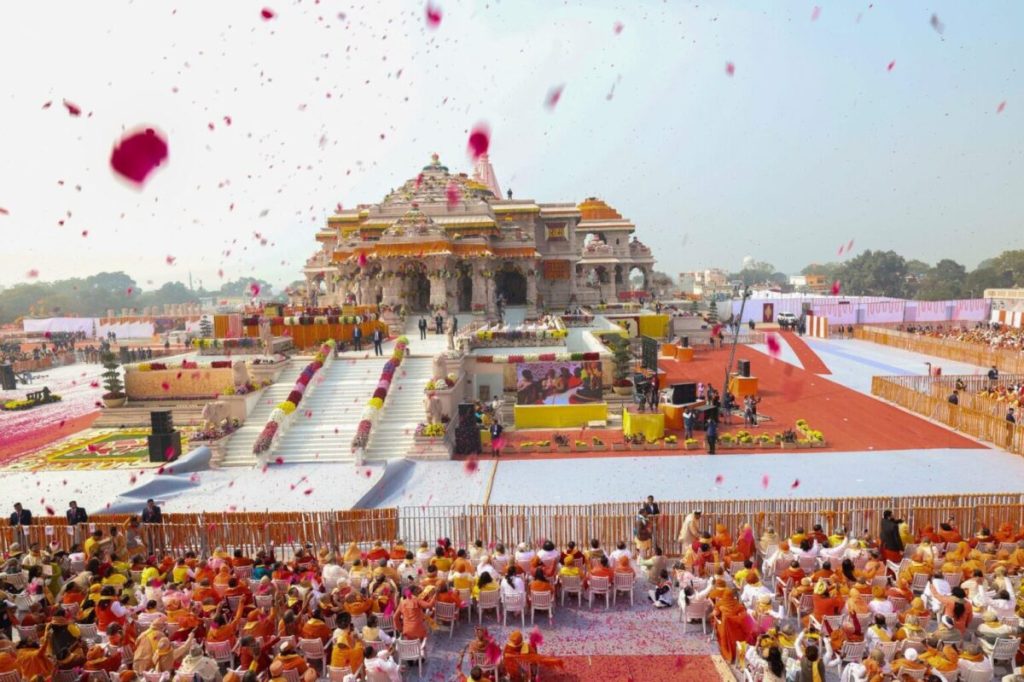The hospitality industry in India is gearing up for growth in smaller towns, driven by spiritual tourism, which accounts for 60% of domestic tourism. Real estate services firm Colliers has identified seven emerging cities that are religious hubs and are expected to see significant growth in the hospitality sector. These cities include Amritsar, Ayodhya, Varanasi, Dwarka, Puri, Shirdi, and Tirupati. The development of infrastructure, such as improved roads, new airports, and flagship trains, is expected to attract investors to these spiritual destinations and drive real estate growth.
In the 2022-2023 financial year, the travel and tourism industry contributed $199 billion to India’s GDP. Spiritual tourism holds a 30% market share in the country’s travel and tourism sector and generates 60% of domestic tourism revenue. Data from the Ministry of Tourism revealed that over 1.4 billion tourists visited religious sites in 2022, generating over $16 billion in revenue. Destinations like Ayodhya and Varanasi have seen significant upgrades to accommodate tourists, with the inauguration of the Kashi-Vishwanath corridor in Varanasi transforming the tourism industry in Uttar Pradesh.
Hotel companies are investing heavily in spiritual destinations in India, such as Ayodhya, Amritsar, and Varanasi. Ayodhya is expecting an annual footfall of 23 million, with potential for over 50 million tourists annually. The city has seen significant appreciation in land value, but currently has a low presence of hospitality projects. Hotel brands like Radisson, IHCL, Lemon Tree, and Wyndham have announced projects in Ayodhya. Amritsar, home to the Golden Temple, has a high presence of branded hotels, with Marriott, IHG, Accor, and Wyndham all opening properties in the city. Varanasi has also seen an increase in tourism post-upgrade, with IHCL, Wyndham, and Hilton opening hotels in the city.
The government’s focus on spiritual tourism is boosting the sector, with the market size growing from $44 billion in 2020 to about $60 billion in 2023. The segment is expected to grow 9-10% annually and reach $130 billion by 2032. Government initiatives like the Prashad and Swadesh Darshan 2.0 schemes are aimed at developing sustainable pilgrimage destinations. Upgrades in Varanasi have led to improved infrastructure and real estate markets in select spiritually inclined tourist destinations. The government is replicating these upgrades in other cities like Ujjain and Mathura to enhance tourist flow and management. The aviation sector is also seeing growth in spiritual tourism destinations, with airports being built in smaller cities to facilitate travel for devotees.
Overall, the hospitality industry in India’s smaller towns is poised for growth due to the rise of spiritual tourism. With significant investments by hotel companies, improved infrastructure, and government initiatives aimed at developing pilgrimage destinations, the sector is expected to drive real estate growth and boost the economy. The focus on spiritual tourism by the government and the growth of the aviation sector in these destinations are expected to further contribute to the growth of the hospitality industry in India in the coming years.















